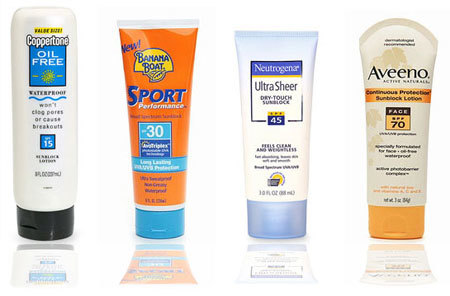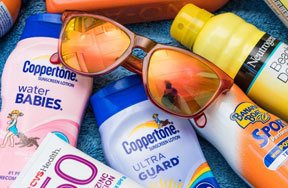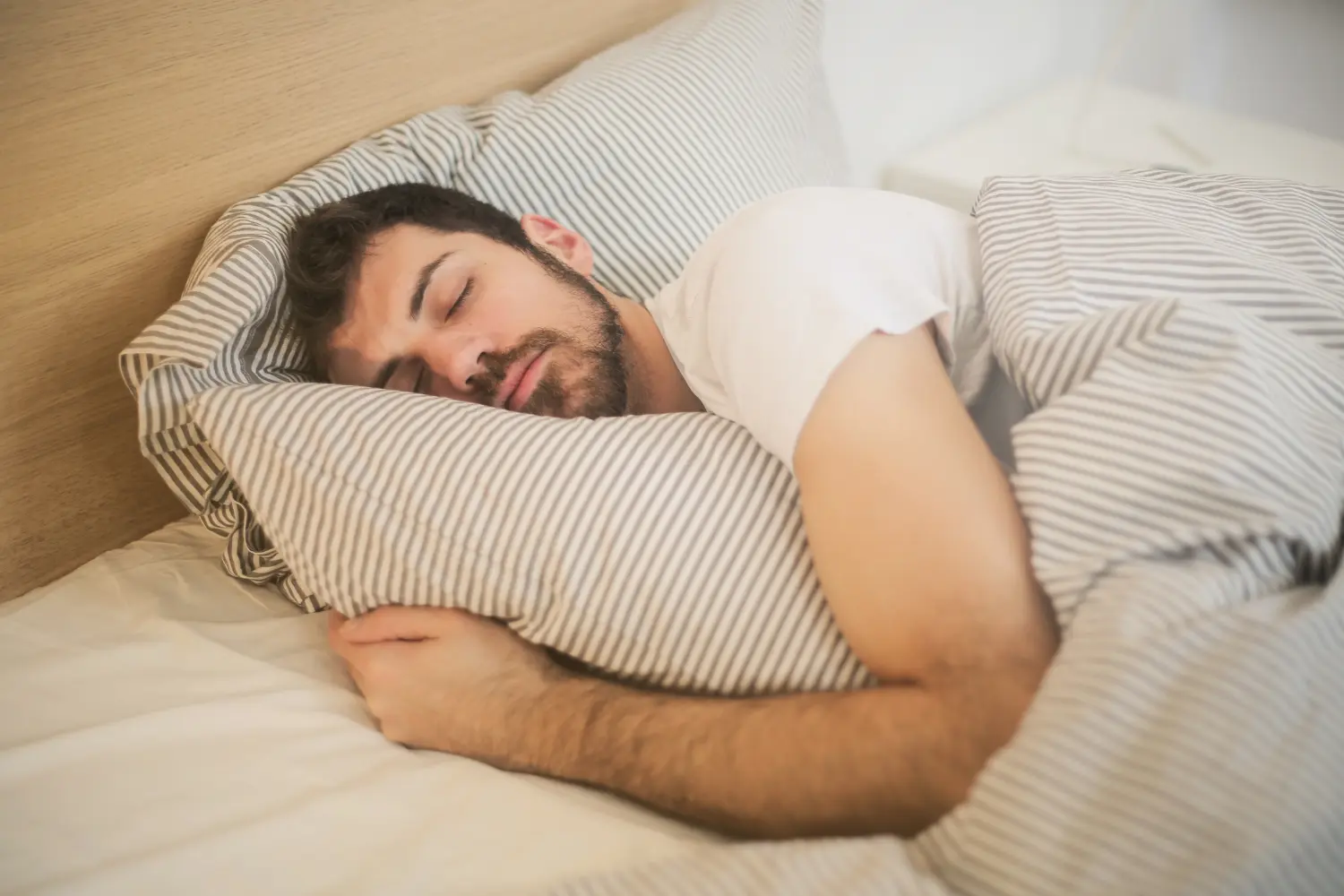Chances are you'll be spending some time in the sun this summer. Here's what you need to know about sunscreen and protecting your skin from the sun's short-term and long-term harmful rays as well as the science behind it all.
What does sunscreen do?
Sunscreen shields the skin from the sun's harmful invisible ultraviolet rays. UVA rays are the long-term aging rays. UVB rays are the short-term burning rays. UVC rays burn off before they reach earth's atmosphere. Sunscreen shields your skin from UVA and UVB. It also protects your skin from “free radical damage”, which causes permanent damage to your skin.
 Sunscreen protects your skin
Sunscreen protects your skin
I never get sunburned, why should I wear sunscreen?
What you normally see as a sunburn – red skin -- is a reaction to UVB rays alone. It’s impossible to tell how much UVA damage you are getting until years from now. Unfortunately, plenty of long-term skin damage can be done without the red flag of sunburn being raised.
What does the SPF number mean?
SPF number indicates the amount of UVB protection a product offers. According to the Skin Cancer Foundation, here's how it works: “If it takes 20 minutes for your unprotected skin to start turning red, using an SPF 15 sunscreen prevents reddening 15 times longer – about five hours. Most sunscreens with an SPF of 15 or higher do an excellent job of protecting against UVB.
The Skin Cancer Foundation explains further: “another way to look at it is in terms of percentages: SPF 15 filters out approximately 93 percent of all incoming UVB rays. SPF 30 keeps out 97 percent and SPF 50 keeps out 98 percent. They may seem like negligible differences, but if you are light-sensitive, or have a history of skin cancer, those extra percentages will make a difference. And as you can see, no sunscreen can block all UV rays.”

What happens if I combine two sunscreen products with different SPF’s?
SPF levels do not increase when two sunscreen products are combined (i.e. wearing a SPF 15 and a SPF 30 does not equal a SPF 45). The amount of protection will equal the highest SPF applied.
How often should you reapply sunscreen?
Apply sunscreen at least 30 minutes before heading out into the sun. Despite what the label says, if you are spending time outdoors, all sunscreens, no matter what the SPF value, must be reapplied every two hours and after swimming or exercise.
 Rash guards with or without ultraviolet protection help block the sun's harmful ultraviolet rays
Rash guards with or without ultraviolet protection help block the sun's harmful ultraviolet rays
Can you get sunburned through your clothes?
All fabrics offer some sun protection. Some clothes carry an Ultraviolet Protection Factor (UPF) value, where UPF ratings range from 15 (good) to 50+ (excellent). People with very fair skin who burn easily and people spending a lot of time on the water or in high elevations can benefit from wearing UPF rated clothes. People with average or darker skin who rarely burn will rarely get sunburned through their clothes. If you will be spending a lot of time in the sun, consider wearing a hat to protect your face and a rash guard to cover more of your body over a swimsuit.
Have Your Say
Do you use sunscreen and sun protection? Do you like to tan or use sunless tanners? Tell us in the comments below!

































